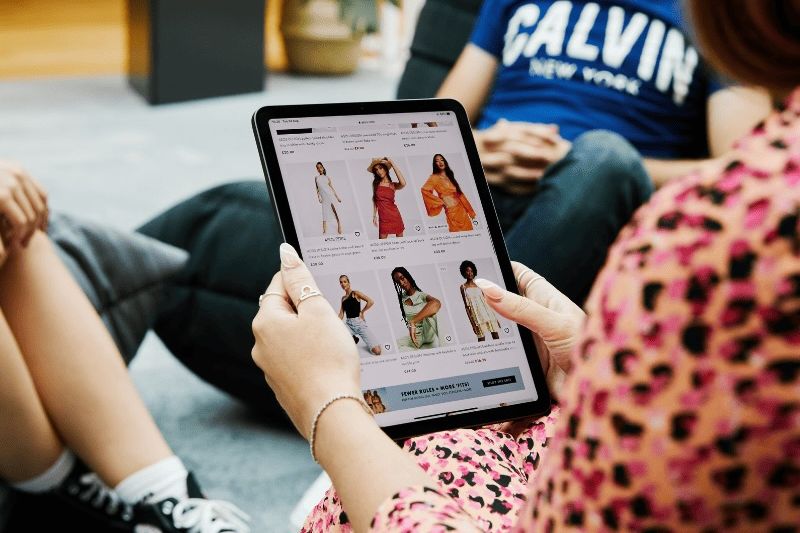Toward the end of 2014, Twitter revealed it is testing a ‘buy now’ button; a new way to discover and buy products online. Developments like this offer both an opportunity and a challenge for retailers as they seek to combine channel choice with high levels of customer service. Paul Galpin, Managing Director at P2P Mailing, looks at why it’s important for retailers to ensure that their fulfilment and distribution solutions can support any new buying platforms before they are implemented.
Twitter has revealed that tweets from selected partners will now feature a ‘buy now’ button that will allow users to buy products directly from the tweet. This new development is further evidence, if any were needed, that the ways in which consumers can purchase products will continue to increase. These changes will be far-reaching for eCommerce and whilst retailers need to keep up to date in this innovative climate they must also prioritise; only investing in methods that will truly benefit their customers.
The simplified, faster process of ordering within a Twitter stream that the ‘buy now’ button offers could have a favourable impact on the rising instances of shopping cart abandonment. Fewer clicks and a speedier check-out process have been previously identified as ways to cut down on customers leaving their purchases mid-way through the buying process, and they come built-in to this new functionality.
In addition, this development opens up eCommerce to companies which do not have a website with full eCommerce capability. Smaller companies will be able to take advantage of growing online markets by turning a social media relationship into sales. On the other end of the spectrum luxury brands like Burberry are already making use of the platform to link their eCommerce activities to trending events such as fashion week.
However, embracing social eCommerce also comes with challenges that retailers must understand and overcome before taking the plunge.
The first step to ensuring social eCommerce success is to base any decision to pursue new channels on real customer preferences. Whilst it sounds obvious, it’s easy to get caught up in the excitement of new buying trends. But – to put it simply – there’s little point in a retailer developing a whole new selling platform and strategy to make use of the ‘buy now’ button if their customers don’t use Twitter. However, if there is a high level of customer engagement on social media then this technology could drive sales. Increased sales means more deliveries, which of course is yet another challenge, but a welcome one. Any increase in volume can only be supported by strengthening fulfilment and distribution solutions. Our research shows that experiencing delays or delivery problems just twice or more would convince 87% of people to switch to another supplier. Retailers need to be certain that they can keep all of their customers – existing and new – happy. Adopting a continual, pro-active approach to updating and monitoring things like delivery options, delivery times, confirmation emails and the returns process will make sure that companies are ready to embrace developments while maintaining their existing level of service.
It is also crucial for retailers to appreciate the unique immediacy of Twitter. Customers expect queries, complaints and positive feedback to be acknowledged and dealt with much faster than with traditional channels of communication. Our research revealed that almost a quarter (23.5%) of respondents said that they had already used social media to complain about poor order and delivery services. A separate survey found that the 72% of people who complained on Twitter expected a response within the hour. In addition, Twitter interactions are public. Good and bad customer service is there for all to see and companies will need to be prepared for both the quick response times that customers expect and the highly public nature of Twitter. Social eCommerce strategy therefore needs to be properly thought out, thoroughly tested and integrated into existing processes. Companies cannot take on the challenge of these new technological developments without a proper understanding of what will be required.
When developing a seamless retail and delivery system in line with online developments and innovation, there are clearly a number of factors to take into consideration. The lesson for retailers is to have a good understanding of their audience, and to understand how a new eCommerce channel will affect existing processes. Engaging a third-party expert that has the necessary knowledge, contacts and expertise to help navigate new eCommerce developments is a strategy many savvy retailers are implementing. This added expertise helps to ensure that new features not only meet customer expectations but serve to enhance the shopping experience.









